 The city of Santiago de Compostela in Galicia, Spain, is full of religious buildings of great importance, primarily for being one of the most important pilgrimage centers for the Catholic faith. The Monastery of San Martin Pinario is the largest monastery in all of Galicia. However, its origin is much more humble.
The city of Santiago de Compostela in Galicia, Spain, is full of religious buildings of great importance, primarily for being one of the most important pilgrimage centers for the Catholic faith. The Monastery of San Martin Pinario is the largest monastery in all of Galicia. However, its origin is much more humble.
Continue reading “Monastery of San Martin Pinario – Santiago de Compostela, Galicia, Spain”


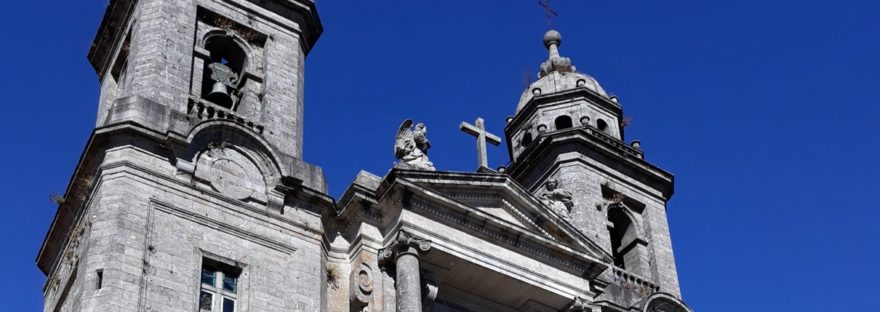
 On the outskirts of the old walled city of Santiago de Compostela in Galicia, Spain, specifically on a plot of land known as “Val de Deus”, then owned by the Monastery of San Martiño Pinario, Saint Francis of Assisi visualized the construction of a convent and church that later would bear his name.
On the outskirts of the old walled city of Santiago de Compostela in Galicia, Spain, specifically on a plot of land known as “Val de Deus”, then owned by the Monastery of San Martiño Pinario, Saint Francis of Assisi visualized the construction of a convent and church that later would bear his name.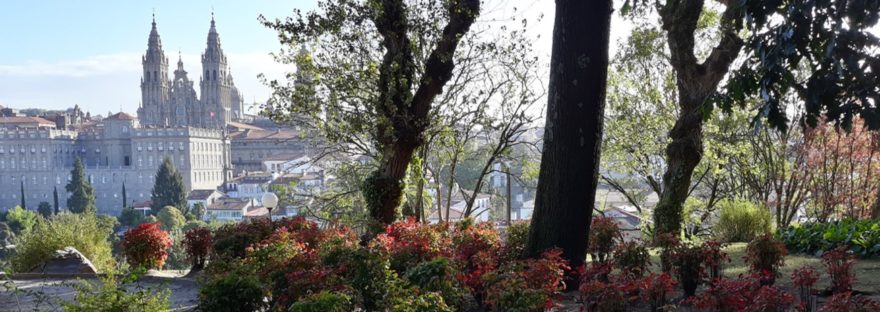
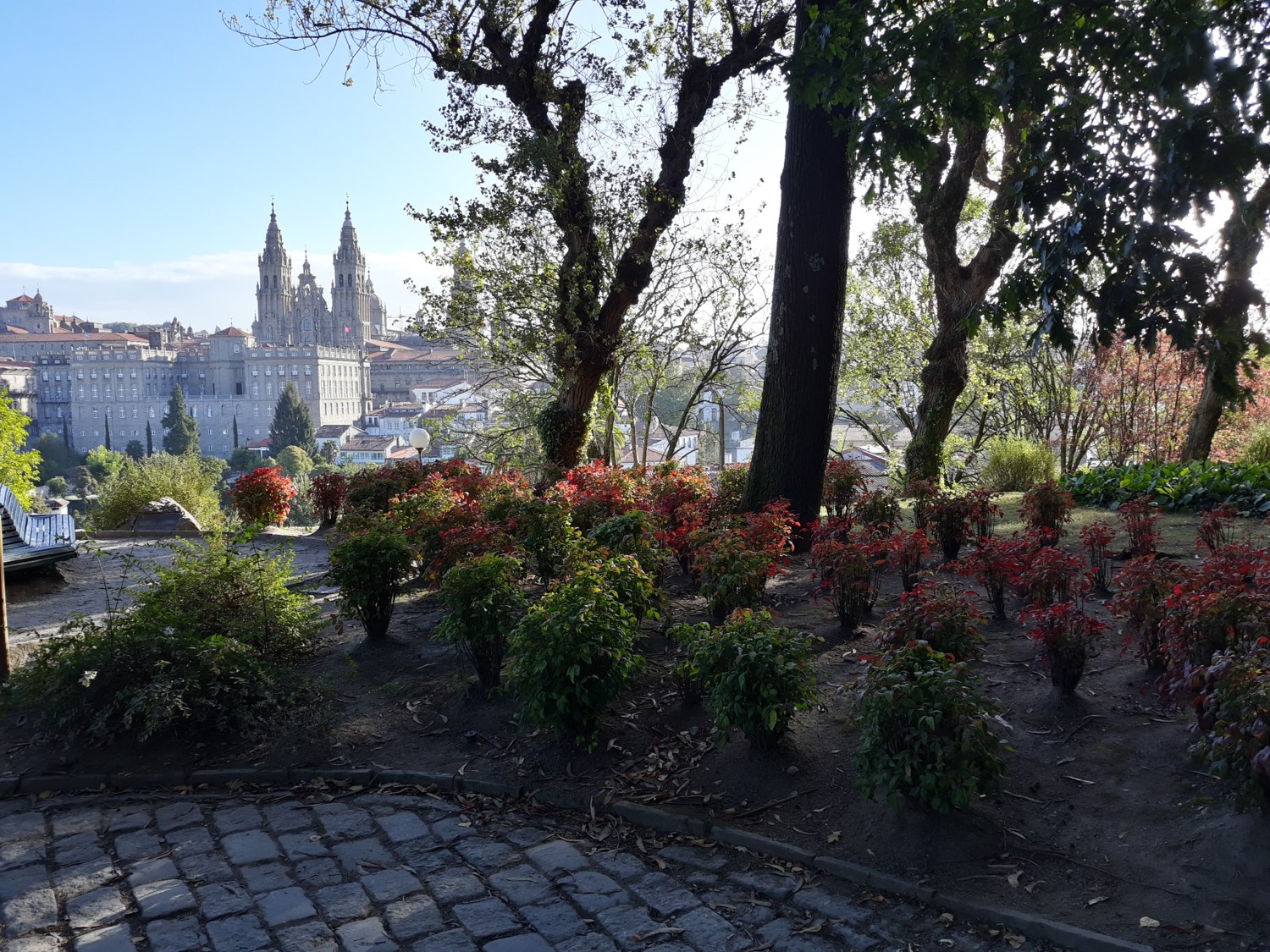 Just outside the old walled city of Santiago de Compostela, we find “La Alameda de Santiago” or “Parque de la Alameda”. By definition, an “alameda” is an area or walkway with poplars, a tree that belongs to the genus Populus. Over time the term has been extended to include any area that contains trees. Therefore, the park of “La Alameda de Santiago” is full of a great variety of trees.
Just outside the old walled city of Santiago de Compostela, we find “La Alameda de Santiago” or “Parque de la Alameda”. By definition, an “alameda” is an area or walkway with poplars, a tree that belongs to the genus Populus. Over time the term has been extended to include any area that contains trees. Therefore, the park of “La Alameda de Santiago” is full of a great variety of trees. 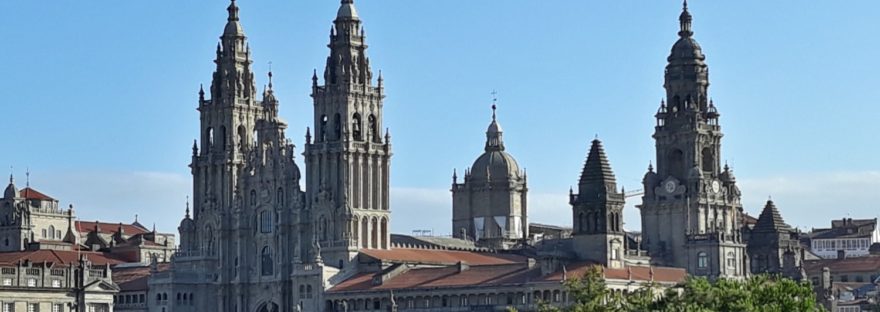
 The Holy Apostolic and Metropolitan Cathedral Church of Santiago of Compostela is the home of the tomb of the Apostle Santiago (James the Apostle), known as “Santiago el Mayor” , besides marking the end of the pilgrimages along the Ways of “Santiago”.
The Holy Apostolic and Metropolitan Cathedral Church of Santiago of Compostela is the home of the tomb of the Apostle Santiago (James the Apostle), known as “Santiago el Mayor” , besides marking the end of the pilgrimages along the Ways of “Santiago”.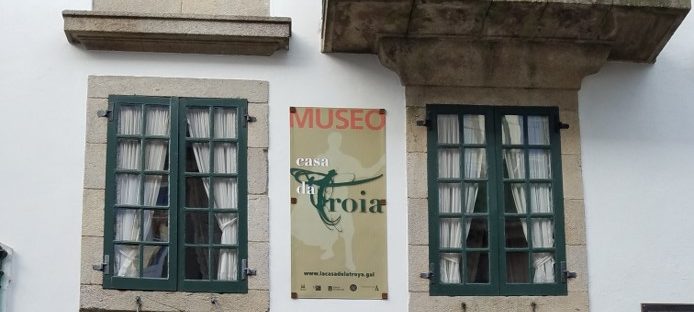
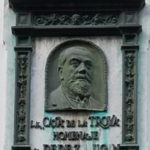 In 1886 a humble boarding house opened its doors to provide a lodging for university students in Santiago de Compostela. This is how the Casa da Troia or the House of Troy was born, located on the Rua da Troia in the historic center of the city and a few steps from the San Martiño Pinario Monastery / Church.
In 1886 a humble boarding house opened its doors to provide a lodging for university students in Santiago de Compostela. This is how the Casa da Troia or the House of Troy was born, located on the Rua da Troia in the historic center of the city and a few steps from the San Martiño Pinario Monastery / Church. 
 Currently, the seat of the City Council of the city of Santiago de Compostela is the “Pazo Raxoi” or Palace of Rajoy, located on the west side of the Plaza de Obradoiro. In its origins it was built to be the residence and seminary for confessors and the children’s choir.
Currently, the seat of the City Council of the city of Santiago de Compostela is the “Pazo Raxoi” or Palace of Rajoy, located on the west side of the Plaza de Obradoiro. In its origins it was built to be the residence and seminary for confessors and the children’s choir. 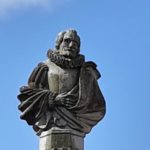 During medieval times, the popular meeting point in Santiago de Compostela (Galicia, Spain) was known as the “Forum”, a place where the town crier announced news of the municipality and the Archbishopric. The place later became the mercantile center of the city earning itself the name of “Plaza do Campo”.
During medieval times, the popular meeting point in Santiago de Compostela (Galicia, Spain) was known as the “Forum”, a place where the town crier announced news of the municipality and the Archbishopric. The place later became the mercantile center of the city earning itself the name of “Plaza do Campo”. 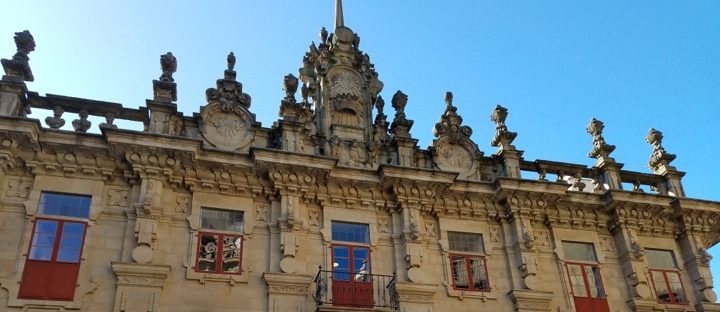
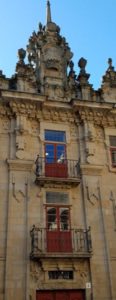 Serving as a theatrical backdrop to the Silversmith’s Square, in Santiago de Compostela (Galicia-Spain) we find the Casa do Cabildo, or Casa de la Estrella, as it is also known.
Serving as a theatrical backdrop to the Silversmith’s Square, in Santiago de Compostela (Galicia-Spain) we find the Casa do Cabildo, or Casa de la Estrella, as it is also known.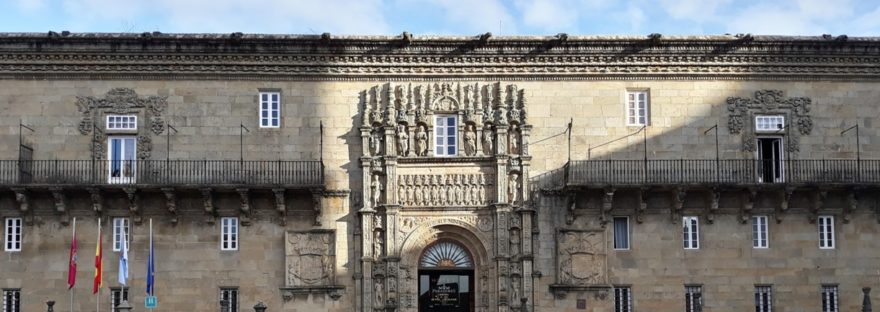
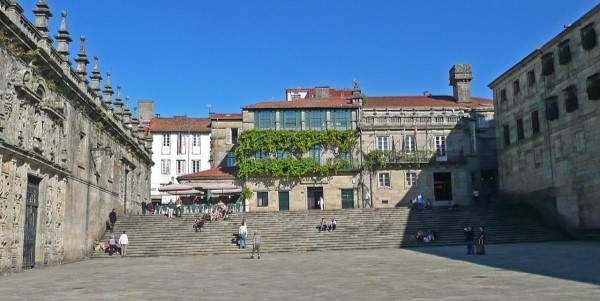
 In our visit to Santiago de Compostela, we strolled many times through this square, without properly knowing its history. It turns out that the term or name “Plaza de Quintana” by definition is the “Plaza de la Plaza”. However, this square is actually composed of two sections, the Quintana de Abaixo or of the Dead and the Quintana de Arriba or the Plaza of the Living.
In our visit to Santiago de Compostela, we strolled many times through this square, without properly knowing its history. It turns out that the term or name “Plaza de Quintana” by definition is the “Plaza de la Plaza”. However, this square is actually composed of two sections, the Quintana de Abaixo or of the Dead and the Quintana de Arriba or the Plaza of the Living.